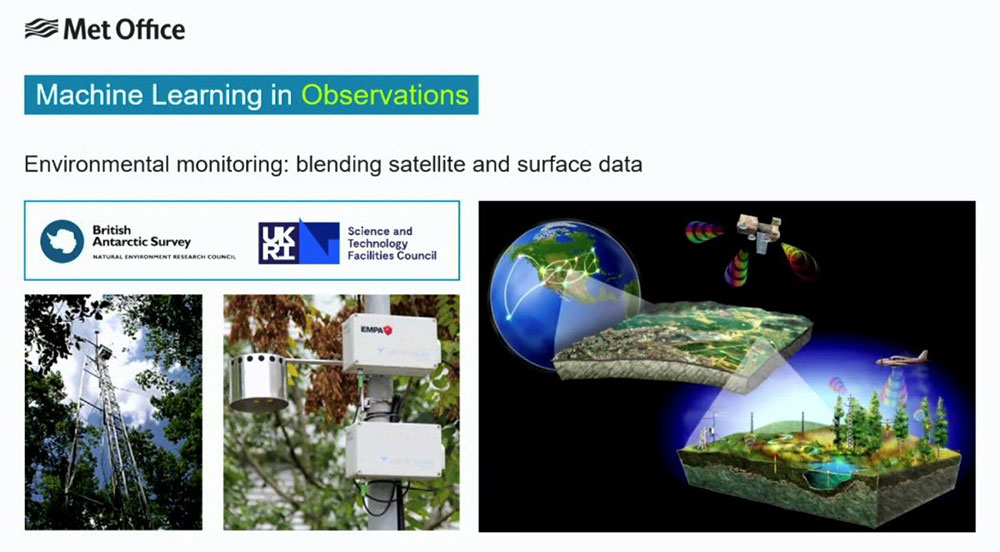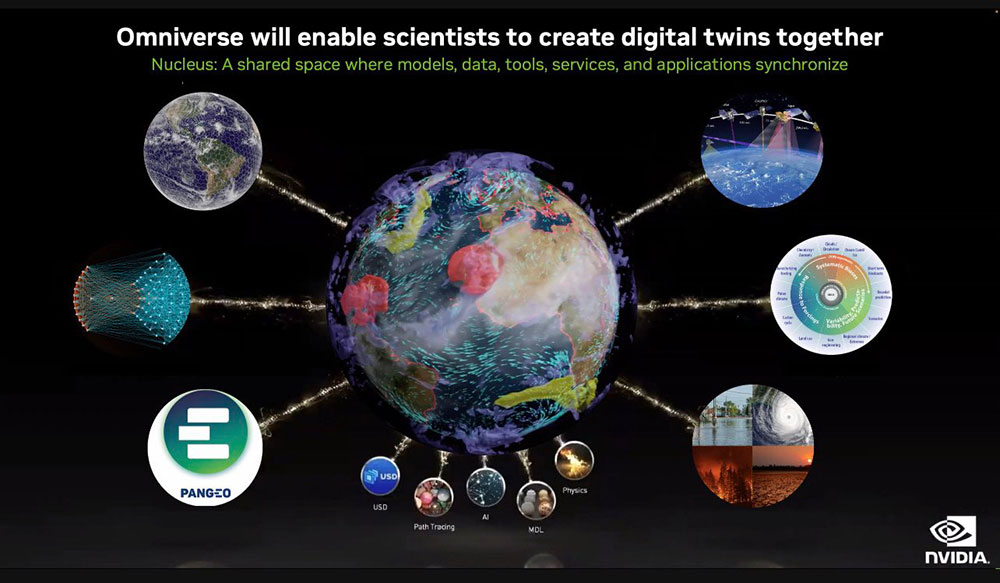Synoptic Data PBC recently exhibited at the 19th World Meteorological Organization (WMO) Congress in Geneva, and we sat down with President, Ashish Raval, to discuss the conference.

What is the WMO Congress about, who attends, and what happens at this quadrennial meeting?
The WMO is an intergovernmental organization with 193 Member States and Territories. The World Meteorological Congress is the WMO governing body, determining general policies, coordinating activities, and making key decisions for the organization. The Executive Council implements the decisions, while six Regional Associations are responsible for the coordination of meteorological, hydrological, and related activities within their respective Regions. Technical Commissions study and make recommendations to the Congress and the Executive Council on subjects within the purpose of the Organization. The Congress meets every 4 years to address various matters, including membership, regulations, strategic plans, budgets, and elections.
What are the key focus areas for the next 4 years?
Some top priorities that were discussed at this congress were the WMO Information System 2.0 (WIS2.0), Early Warnings for all (EWS4ALL) and congressional elections.
WIS 2.0 provides a framework for WMO data sharing in the 21st century, for all WMO members and all WMO disciplines to embrace the Earth system approach, enable the WMO Unified Data Policy, and support the WMO Global Basic Observing Network.
Synoptic Data helped develop the WIS 2.0 Box for the United States (NOAA/NWS) as part of the largest global platform for sharing earth observations. More information on WIS 2.0 can be found at the following link: https://community.wmo.int/en/activity-areas/wis.
EWS4ALL is a plan to implement cost effective warning systems for extreme weather events with an end goal of reducing economic loss and preventing loss of life around the world. According to the Global Commission on Adaptation, giving just 24 hours’ notice of an impending hazardous event can reduce damage by 30 percent. Investing just US$800 million in such systems in developing countries would prevent losses of $3 to $16 billion annually. With 95 percent of the world’s population having access to mobile broadband networks and nearly 75 percent owning a mobile phone, mobile networks have become powerful communication channels that can effectively target those in at-risk areas (“Early Warning for All,” United Nations Climate Action, https://www.un.org/en/climatechange/page/early-warnings-all-initiative#:~:text=According%20to%20the%20Global%20Commission,%243%20to%20%2416%20billion%20annually.) .
There is also SOFF and CREWS 2.0 programs that are being developed and managed by WMO.
Elections occurred on the final days of Congress where Dr. Abdulla Al Mandous was elected President of the WMO for the next 4 years. He is the director general of the United Arab Emirates National Center of Meteorology and President of WMO’s Regional Association for Asia.

History was also made this year as Dr. Celeste Saulo from Argentina was selected as the first ever female Secretary General. I congratulate them both and look forward to working with them over the next 4 years and beyond.
Pictured to right: H.E. Ambassador of Argentina introducing the first female Secretary General of WMO, Dr. Celeste Saulo.
As Machine Learning and AI, including new technologies like ChatGPT become more commonplace, is there any opportunity to integrate these new technologies into weather tools?
Absolutely! There is tremendous growth in the amount of weather data becoming available, and now the focus is turning to improved access and usability. AI tools can provide information and additional sources of weather data and also aid meteorologists and researchers in forecast improvement with the help of machine learning.
Private companies such as Google, Microsoft, Amazon, Facebook, Alibaba and many meteorological agencies have been using machine learning to run weather forecasting models. These models need decades of data to become accurate and Synoptic Data, with its vast historical archive and real-time weather data, can contribute significantly to the development of accurate machine learning forecasting models.
Synoptic offers 30 years of historical weather observations as well as real-time observations from 320+ data providers. Synoptic also provides upper air, aircraft-based observations, and other valuable data used for numerical weather prediction.
There were 30 exhibitors at the conference, did you see anything new or innovative?
There was a lot of emphasis on using AI and deep learning algorithms to improve forecasting accuracies and train the model to generate better predictions.
How do you see Synoptic Data’s role in ameliorating the effects of climate change?
Synoptic Data is uniquely positioned as a weather data platform that can aggregate both private and public data sources from all over the world. We believe that this data platform will help meteorological offices focus on forecasting and saving lives while we focus on aggregating and disseminating high quality data. This platform will help increase situational awareness and free up resources that would otherwise be occupied in maintaining databases.
Synoptic also is partnering with WMO, Amazon, NOAA and the Met Office to develop a global cache and WIS 2 Node open source software development as part of its public benefit corporation mission.
How can Synoptic Data support the WMO Congress?
-
Synoptic Data can help countries and public and private weather partners maintaining real time visibility of their stations and transition from national to global mesonets.
-
The WMO is investing heavily in early warning systems and observation platforms, particularly for developing countries, with Synoptic as a proud partner working on development and implementation for the WIS 2.0 program.
-
Synoptic Data can be a data platform for all meteorological agencies and can have a lasting impact on their daily operations so they can focus on the things that matter.
In conclusion, the WMO Congress provided valuable insights, and Synoptic Data PBC continues its dedication to contributing to improved weather forecasting and supporting global efforts against climate change. Together we can make the world a safer and better place for generations to come.


